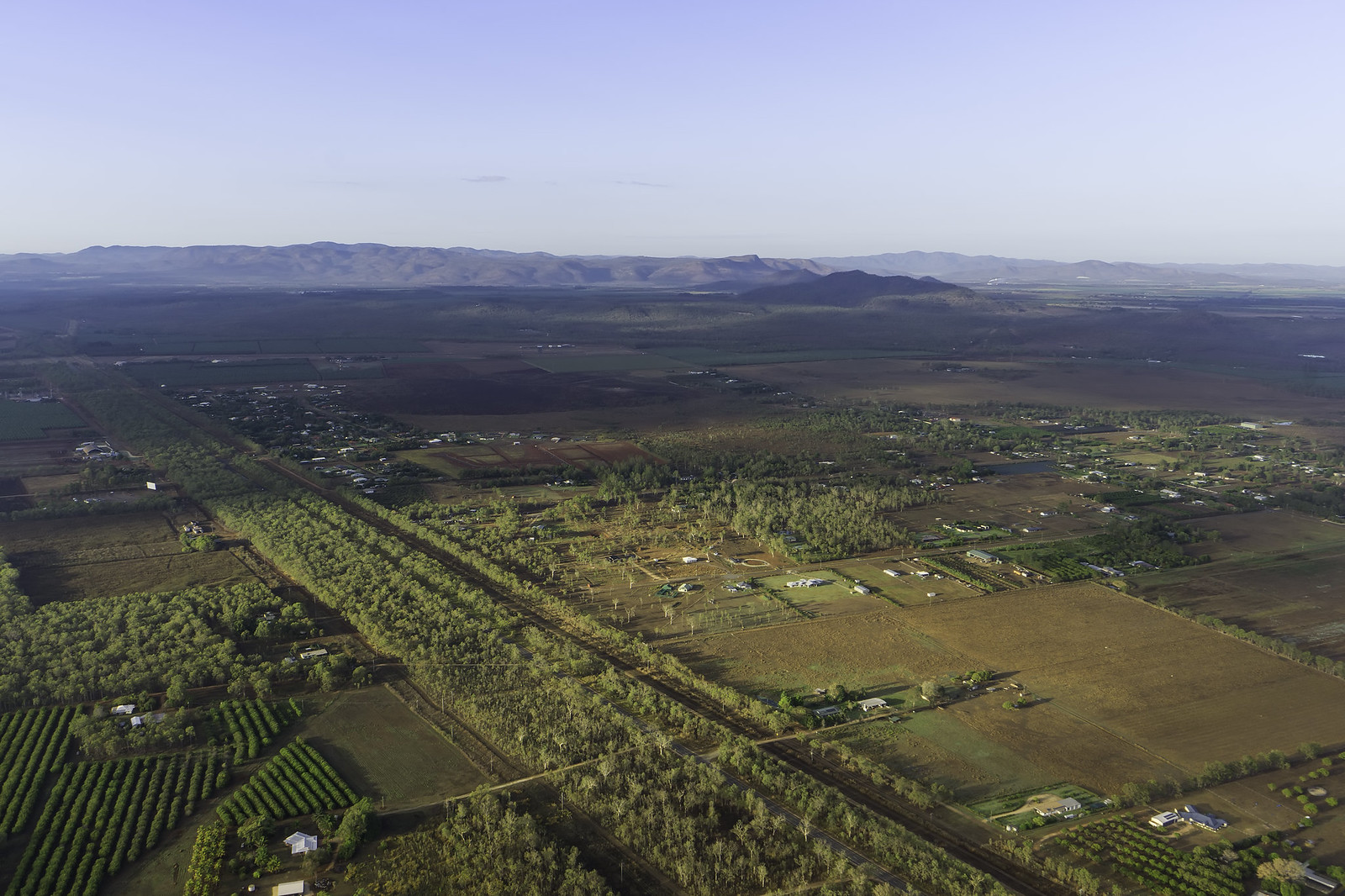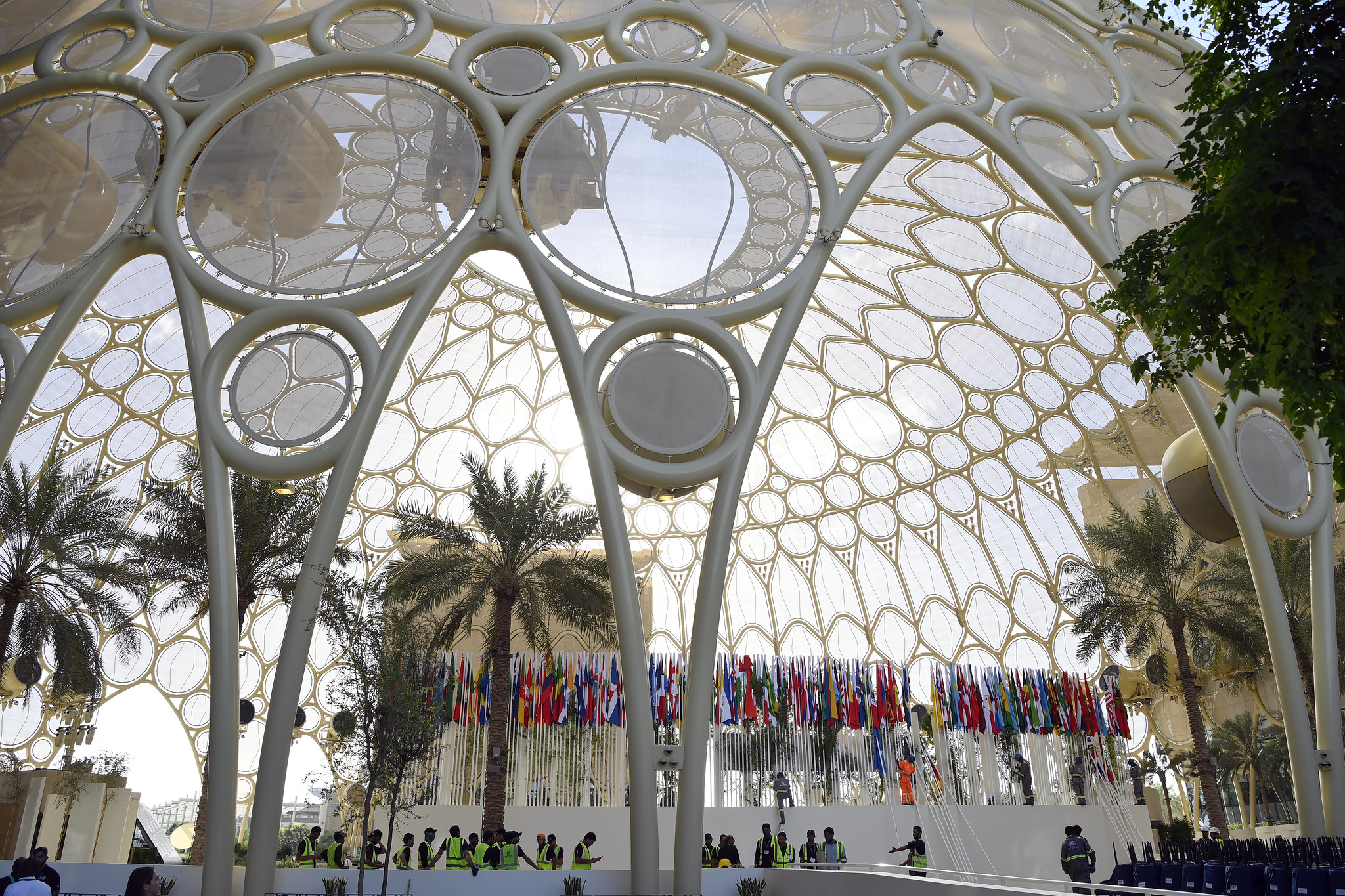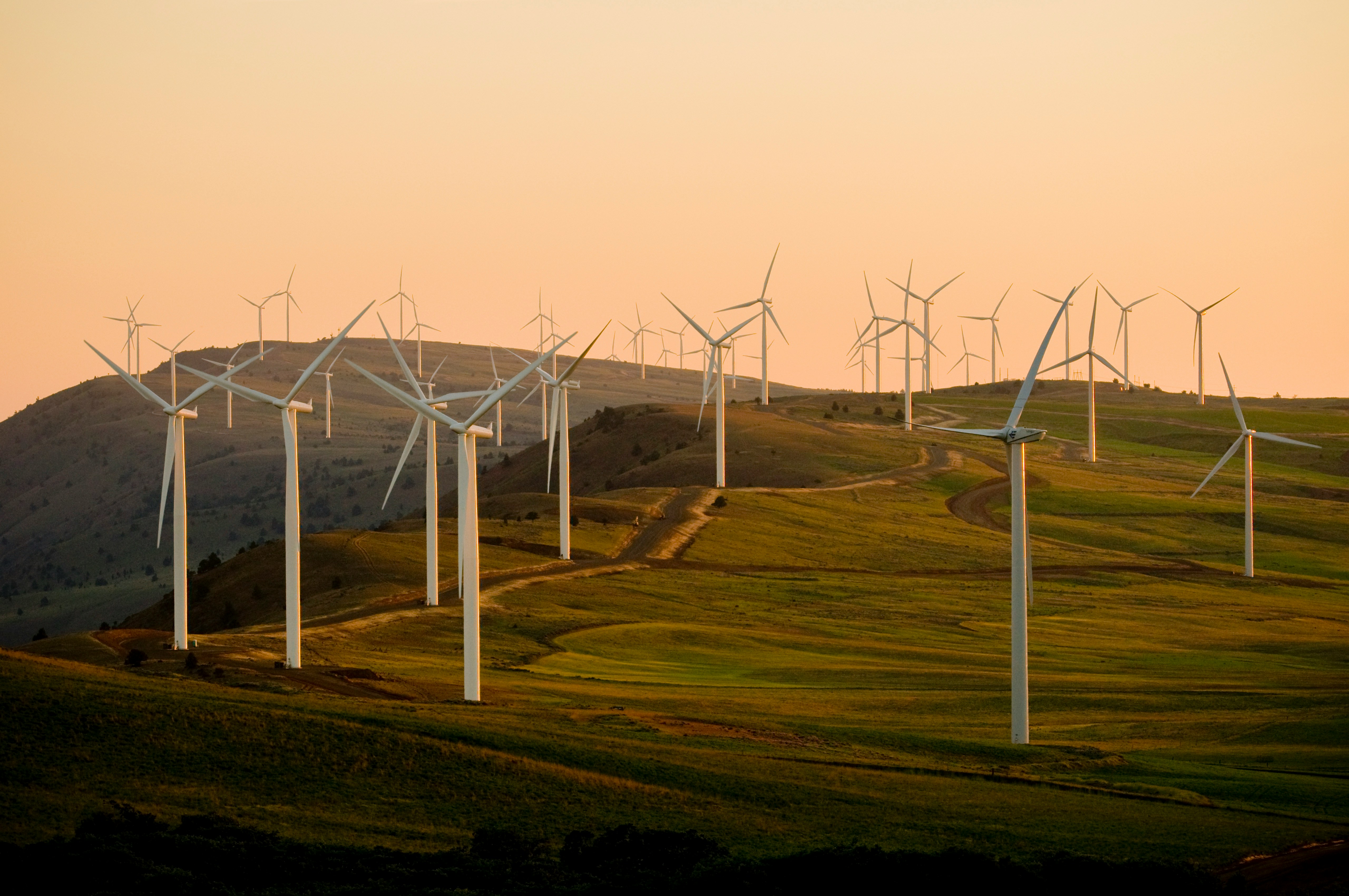This year will be vital for determining the future of our climate. Embracing a nature positive mindset may shape it in the right direction.
 Transforming Australia’s land use sector is an opportunity. : Lenny K Photography, Flickr CC BY 2.0 DEED (https://creativecommons.org/licenses/by/2.0/)
Transforming Australia’s land use sector is an opportunity. : Lenny K Photography, Flickr CC BY 2.0 DEED (https://creativecommons.org/licenses/by/2.0/)
This year will be vital for determining the future of our climate. Embracing a nature positive mindset may shape it in the right direction.
There is no net zero emissions without nature. In 2023, that was brought to the attention of the world at COP28 in Dubai. Climate and biodiversity were explicitly linked and the term ‘nature positive’ gained significant traction.
Nature positive, is an aspirational vision of the future. Becoming nature positive means reversing the decline of biodiversity, restoring ecosystems, and halting extinctions, so that by 2030 nature is visibly and measurably on the path of recovery.
Momentum for the approach is building, with the first Global Nature Positive Summit in Australia in October, and the UN Biodiversity Conference a few weeks later, closely followed by COP29.
By the end of this decade, not only should Australia’s emissions plummet to align with the UN Paris Agreement targets, it also has to bend the curve on biodiversity loss, putting nature on a path to recovery.
To achieve this, decision-making and action should prioritise nature. This is especially important for Australia, already recognised as a globally significant extinction hotspot.
Australia’s nature positive journey starts with how land is used.
Business as usual when it comes to land use will see Australia not only fall short of its climate targets but also lose its unique and rich biodiversity.
Land use competition is a massive challenge the world over, even for a nation with as much land mass as Australia. Australia needs enough agricultural production to meet its growing population and export market, which is also expanding as the world’s population grows.
It also needs to take into account the wellbeing of regional communities.
Meeting emissions targets also requires Australia to reduce emissions from land use and at the same time remove a lot more carbon from the atmosphere. Based on Climateworks Centre modelling, this will be key to limiting warming to 1.5 degrees Celsius — even with ambitious action from other sectors such as energy and industry.
Australia’s land sector also needs to get on a nature positive pathway to reverse biodiversity loss.
This means that drawing down carbon dioxide and meeting agricultural demand should be done in a way that accounts for the relative biodiversity value of different places, and how that value will change as climate changes. For these reasons land and agriculture are among the most complicated and challenging sectors to decarbonise.
Transforming Australia’s land use sector is also an opportunity. If done right, it can restore biodiversity and protect places, people and species from future climate-driven extremes. It can also enable farmers and regional communities to diversify their business, protect the ecosystem services upon which they rely, and anticipate the implications of the climate transition.
To do this, decision-makers need to know how to plan for and achieve the transformation required. That’s where LUTO 2 comes in.
LUTO 2 — the second iteration of the Land Use Trade-offs Model — is being developed through a collaboration between Deakin University and Climateworks, with research contributions from CSIRO.
LUTO 2 is a world-leading land system spatial optimisation model which maps the best way to use and manage land to achieve the complex balancing act ahead.
No other model has LUTO 2’s combination of fine detail (with one square kilometre resolution) and sophisticated analytical capability to unpack the complex interplay between biodiversity, climate, water use, agricultural productivity and food systems (including import and export markets, food loss and waste and dietary trends).
By providing guidance on what land use looks like when managing for the interactions between different outcomes, policy makers and other users can see what changes will be most beneficial and cost-effective.
LUTO 2 can also be used to test the potential impact of various market and policy mechanisms for bringing about these changes.
This year is an exciting and crucial year for how climate and nature are talked about and for action — getting Australia and the world on a nature positive trajectory.
Jo Sanson is the Land Use Futures Program Impact Manager at Climateworks Centre. Jo has over 20 years specialist climate resilience and food security experience and currently leads the Land Use Futures program, a multi-year initiative developing pathways to sustainable land use for Australia.
Originally published under Creative Commons by 360info™.
Editors Note: In the story “COP check-in” sent at: 04/06/2024 12:48.
This is a corrected repeat.











